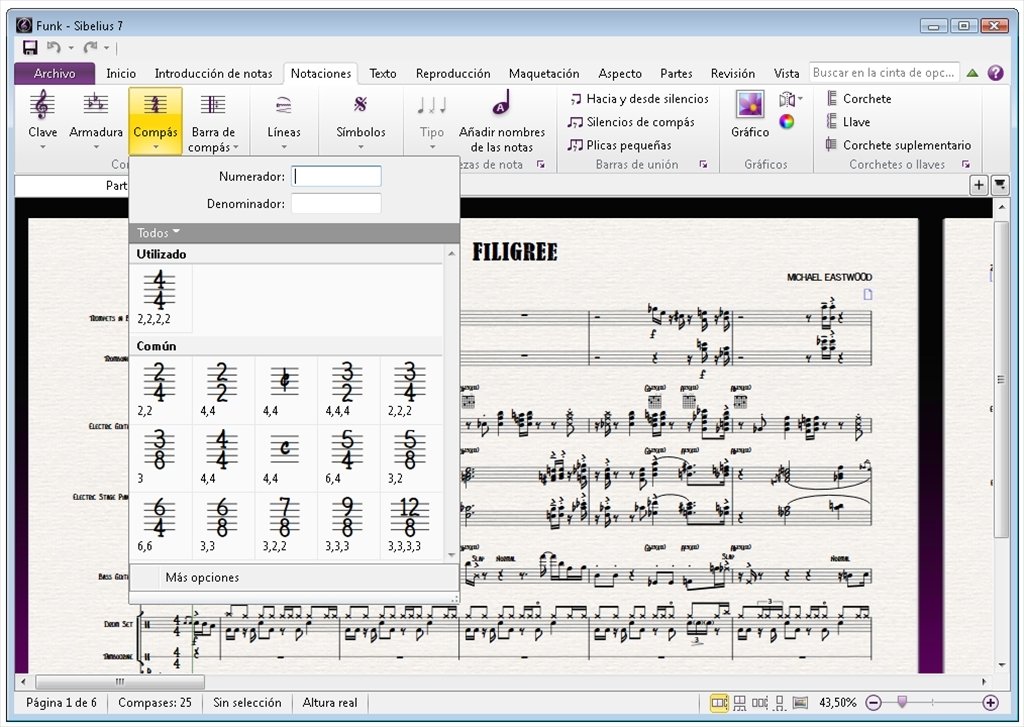
Themes underwent transformation, and what was originally intended to be a theme of the first movement might later be transferred to the finale or vice versa: “I intend to let the musical thoughts and their development in my spirit determine the form” (July 29, 1914). Then began the stage of “forging,” as the composer characterized the process of giving the original ideas a more and more clearly defined shape. The first one was the stage of “moods.” In 1891, when planning his first large-scale symphonic work, the Kullervo Symphony, he wrote to his bride: “For my symphony, I have the moods, but not a single musical expression for them, yet.” This kind of a predispositional state was soon followed by the birth of concrete musical ideas, albeit diffuse, undefined and without any predetermined formal context. His compositional process typically had three stages. His sketchbook and diary give a rare opportunity to follow the genesis of this work from July 1914 through the summer of 1916. For a more up-to-date perspective, go for Osmo Vänskä and the Lahti Symphony Orchestra on BIS, whether you want the original 1915 version, or the more familiar revised text.Sibelius got the first ideas for his Fifth Symphony in the summer of 1914. If you want a great historical account of this work you could do infinitely worse than this one, which ranks in stature with that recorded by Robert Kajanus and the Helsinki Philharmonic, now available on Koch.

Thor swings his hammer, and you feel cosmic forces at work in this music, something on which Sibelius himself commented when writing in 1914: “God opens the door for a moment and his orchestra is playing the Fifth Symphony.” Celibidache galvanizes the Swedish players in a reading of tremendous tensile strength, power, and vision. There are touching moments of breath-catching delicacy and purity in the central andante, while the finale is magnificently spacious. Celibidache lets the music unfold powerfully but slowly, so the architectural grandeur of the opening movement assumes vast and epic proportions. Gone is the slightly astringent and congested ambience of the earlier performance, and this account reveals the conductor’s best attributes. This is where Celibidache’s idiosyncrasies lose pulse and meaning, but this is infinitely better than Toscanini’s wildly theatrical 1940 recording with the NBC Symphony (Naxos).Ĭelibidache’s stereo recording of Symphony No. Interestingly, as George Szell proved with his famous Concertgebouw account on Philips, cumulative energy is less important in playing this work than mathematically precise, predictable gestures used to support the thematic linchpins of the piece. The finale is never as majestic and controlled as Bernstein’s with the New York Philharmonic, and hasn’t comparable excitement.

The scherzo, however, alternates ominously between moods of violent passion and shimmering rapture and there are moments when you feel that Celibidache’s interpretation is being forged on the spot, and the performance almost loses its way. The opening movement is powerfully sculpted, and the great brass climaxes are layered and terraced as you’d expect in a Bruckner work.

It brings mind-boggling inconsistencies of view. 2, recorded at the Stockholm Konserthus in November 1965 (in mono sound), too special. Yet for all its idiosyncratic grandeur and intellectual severity, I can’t claim to find Celibidache’s live recording of Sibelius’ Symphony No.

Love him or loathe him, Celibidache is one of those pivotal figures who left his own indelible imprint on the musical consciousness of the late 20th century. Deutsche Grammophon’s ongoing Celibidache Edition now brings a batch of previously unreleased material drawn from the concert archives of the Swedish Radio Symphony Orchestra.


 0 kommentar(er)
0 kommentar(er)
